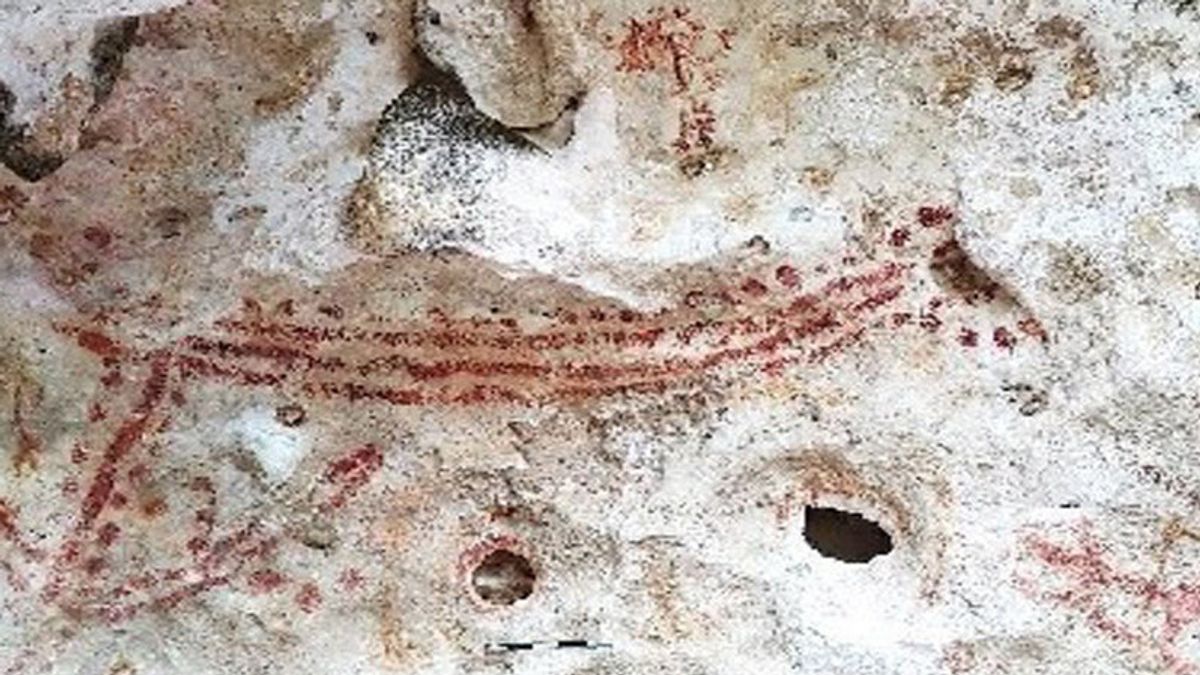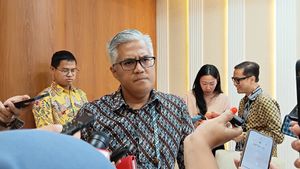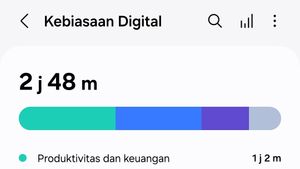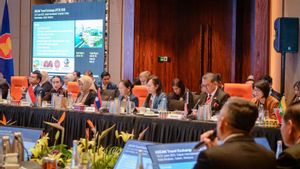AMBON - A team of archaeologists from the Maluku Archeology Center found an ancient rock image of the palm of the hand without the index finger on Kisar Island, Southwest Maluku Regency, Maluku. The discovery is thought to have something to do with prehistoric human occupation in the Maluku Islands-Papua.
"This is a new discovery, because so far research on ancient handprints that have been found in the Maluku and North Maluku regions, the palms are intact and the fingers are complete," said archaeologist Lucas Wattimena from the Maluku Archeology Center, quoted by Antara, Monday, September 13.
He explained that the ancient rock art of the left hand with the broken index finger painted using a hand stencil technique was found at the Aulapa Temple Cave site, Purpura Village, North Kisar District, Southwest Maluku Regency.
Not far from John Becker Kisar Airport, the site is one of 13 new sites surveyed by a team of archaeologists from the Archaeological Center in early August.
"This type of rock drawing with one finger cut off is more common in the Papua region, and it has something to do with the tradition of cutting fingers to honor family members who have died," Lucas said.
According to him, the image of the left palm without the index finger was found to be associated with other handprints on the cave wall, and looks specifically different from the rock images that have been found in the Maluku Islands.
Although there is only one image, the discovery is thought to have something to do with the process of early human occupation in the Maluku and Papua Islands, because geographically the two areas are connected in the Wallacea, Sahul Shelf and Sunda Shelf zones which form the biogeographical diversity of Southeast Asia.
Wallacea is a group of islands of Nusa Tenggara, Sulawesi and Maluku, this zone is located between the gap formed by the Sahul Shelf which includes the Australian-Papua continental shelf plate, and the Sunda Shelf which consists of the mainland of Sumatra, Java and Kalimantan.
"There may be a connection, we still have to analyze again. This past cultural heritage might be able to provide a new perspective in research efforts on early human migration," said Lucas.
The English, Chinese, Japanese, Arabic, and French versions are automatically generated by the AI. So there may still be inaccuracies in translating, please always see Indonesian as our main language. (system supported by DigitalSiber.id)









